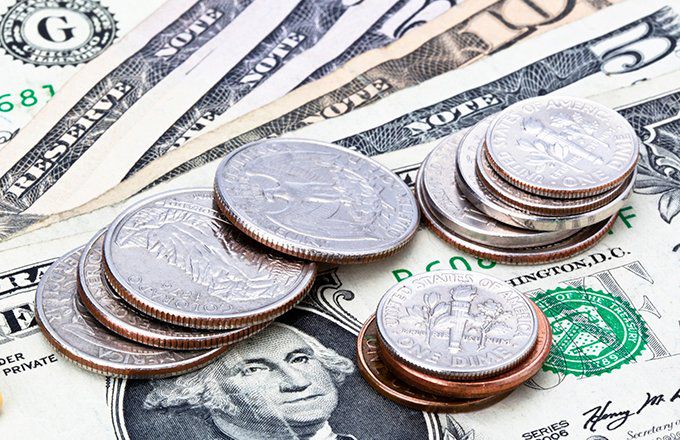
What Is the Tobin Tax?
The Tobin tax is a tax levied on spot currency conversions, with the intention of disincentivizing short-term currency speculation, named after economist James Tobin.
In contrast to a consumption tax paid by consumers, the Tobin tax is meant to apply to financial sector participants as a means of controlling the stability of a given country’s currency. It is more formally known today as a Financial Transactions Tax (FTT), or less formally a Robin Hood tax.
Key Takeaways
- The Tobin tax is a duty proposed on spot currency trades to penalize short-term currency trading in order to stabilize markets and disincentive speculation.
- The Tobin tax can be used to generate revenue streams for countries that see a great deal of short-term currency movement.
- The Tobin tax is sometimes referred to as the Robin Hood tax, as many see it as a way for governments to take small amounts of money from the people making large, short-term currency exchanges.
Understanding the Tobin Tax
When fixed exchange rates under the Breton Woods system were replaced with flexible exchange rates in 1971, there was a massive movement of funds between different currencies that threatened to destabilize the economy. In addition, the rise in short-term currency speculation encouraged by the nature of the free currency market increased the economic costs incurred by countries exchanging currencies.
The Tobin tax, proposed by James Tobin in 1972, seeks to mitigate or eliminate these issues. The tax has been adopted by a number of European countries and the European Commission to discourage short-term currency speculation and stabilize currency markets.
The currency transactions tax does not impact long-term investments. It is only imposed on the excessive flow of money that moves regularly between financial markets through the actions of speculators in search of high short-term interest rates. The tax is paid by banks and financial institutions that profit from market volatility by taking excessive short-term speculative positions in the currency markets.
The Tobin tax was originally introduced by American economist James Tobin (1918-2002), recipient of the Nobel Memorial Prize in Economics in 1981.
According to Tobin, to work effectively such a tax should be adopted internationally and be uniform, and the proceeds donated to developing countries. Although Tobin suggested a rate of 0.5%, other economists have put forward rates ranging from 0.1% to 1%. But even at a low rate, if every financial transaction taking place globally was subject to the tax, billions in revenue could be raised.
The original intent of imposing the Tobin tax has been skewed over the years by different countries implementing it. While Tobin’s proposed tax on currency exchanges was intended to curb destabilizing capital flows across borders which makes it difficult for countries to implement independent monetary policies by moving money quickly back and forth between countries with different interest rates, some countries now impose the Tobin tax as a means of generating revenue for economic and social development.
Example of the Tobin Tax
For example, in 2013, Italy adopted the Tobin tax not because it was faced with exchange rate instability, but because it was facing a debt crisis, an uncompetitive economy, and a weak banking sector. By extending its currency transaction tax to high-frequency trading (HFT), the Italian government sought to stabilize markets, reduce financial speculation, and raise revenue.
The Tobin tax has been controversial since its introduction. Opponents of the tax indicate it would eliminate any profit potential for currency markets as it is likely to decrease the volume of financial transactions, slowing global economic growth and development in the long run. Proponents state that the tax would help stabilize currency and interest rates because many countries’ central banks do not have the cash in reserve that would be needed to balance a currency selloff.


